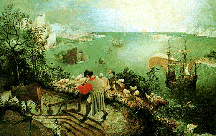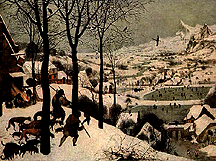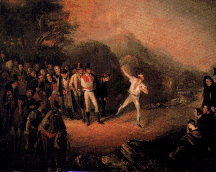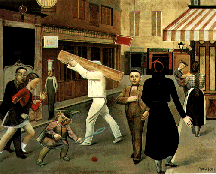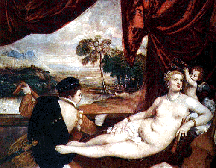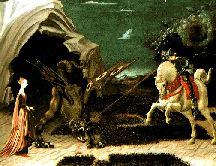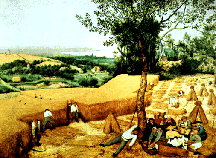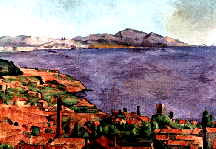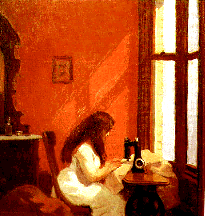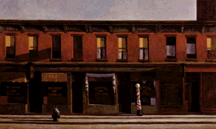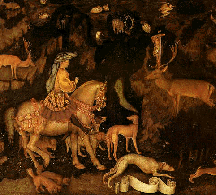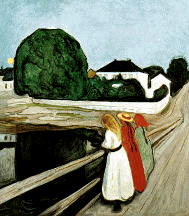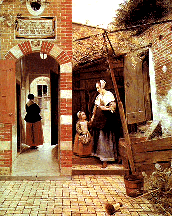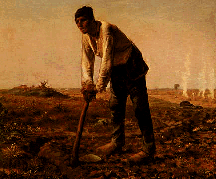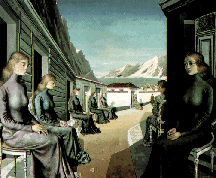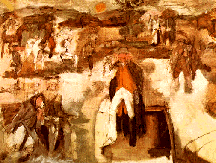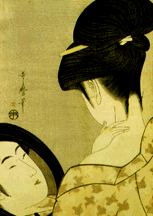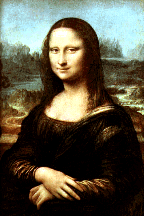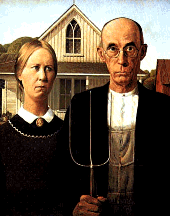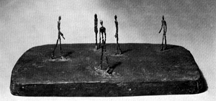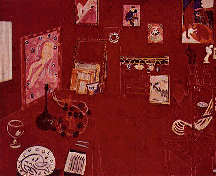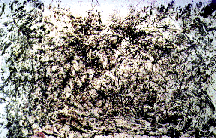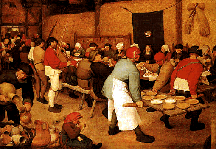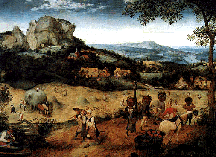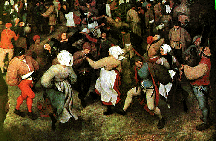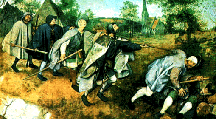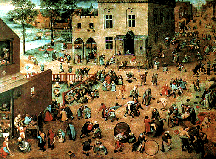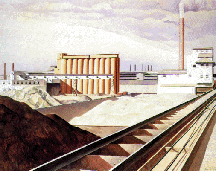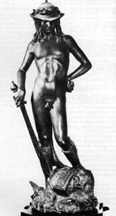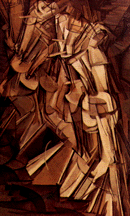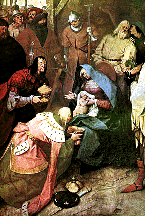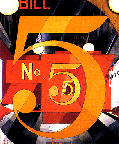|
Materials originally developed by Harry Rusche, English Department, Emory University, for the students of English 205, "Introduction to Poetry." Housed on this site because of difficulties accessing the Emory website. Introductory Remarks by Harry Rusche on Poets and PaintingsEver since the Roman poet Horace set down in his Ars Poetica (c. 13 BC) the dictum "ut pictura poesis"--"as is painting, so is poetry"--the two arts have been wedded in the critical mind. Poets and painters sometimes turn to one another for inspiration, and the dialogue has been mutually beneficial. Painters and illustrators have often been inspired by literature, especially in the eighteenth and nineteenth centuries. The critic Richard Altick says, for example, that between 1760 and 1900 there existed around 2,300 paintings based on Shakespeare's plays alone. These Shakespeare paintings are only one-fifth of the 11,500 paintings on subjects and scenes from literature--and we are talking only about paintings done in England during those years! Sheer numbers indicate the influence of authors on artists. Listed in the section on additional readings are several books that discuss the relationships between art and literature. The road runs both ways, of course, and writers turn as well to paintings for their inspiration. In the small anthology of poems and paintings exhibited here, some interesting questions arise as we contemplate the relationship between the poem and the picture. Is the poem simply an objective verbal description of the work of art, or does the poet make conclusions about what the painting means? Could you reconstruct the painting from the poem without actually seeing it? Why does the poet dwell on some features of the the painting and ignore other aspects of the picture? Do you agree with the meaning the poet "reads" in the painting, or do you think the writer misreads it or warps the scene depicted to personal ends? In some of the poems I regret that I could not duplicate the exact format of the original as in, for example, John Stone's "The Forest Fire," Mary Leader's "Girl at Sewing Machine" and several of Derek Mahon's poems. The ways in which lines appear on the page with indentations and spaces are important to poets and to their poems, but the limitations of Mosaic and NetScape prohibited an accurate reproduction of the text in some of the poetry. I apologize to the poets and urge my students to read the poetry in the original publications. |
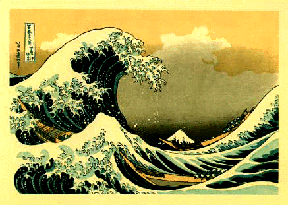 The Poet Speaks of Art
The Poet Speaks of Art